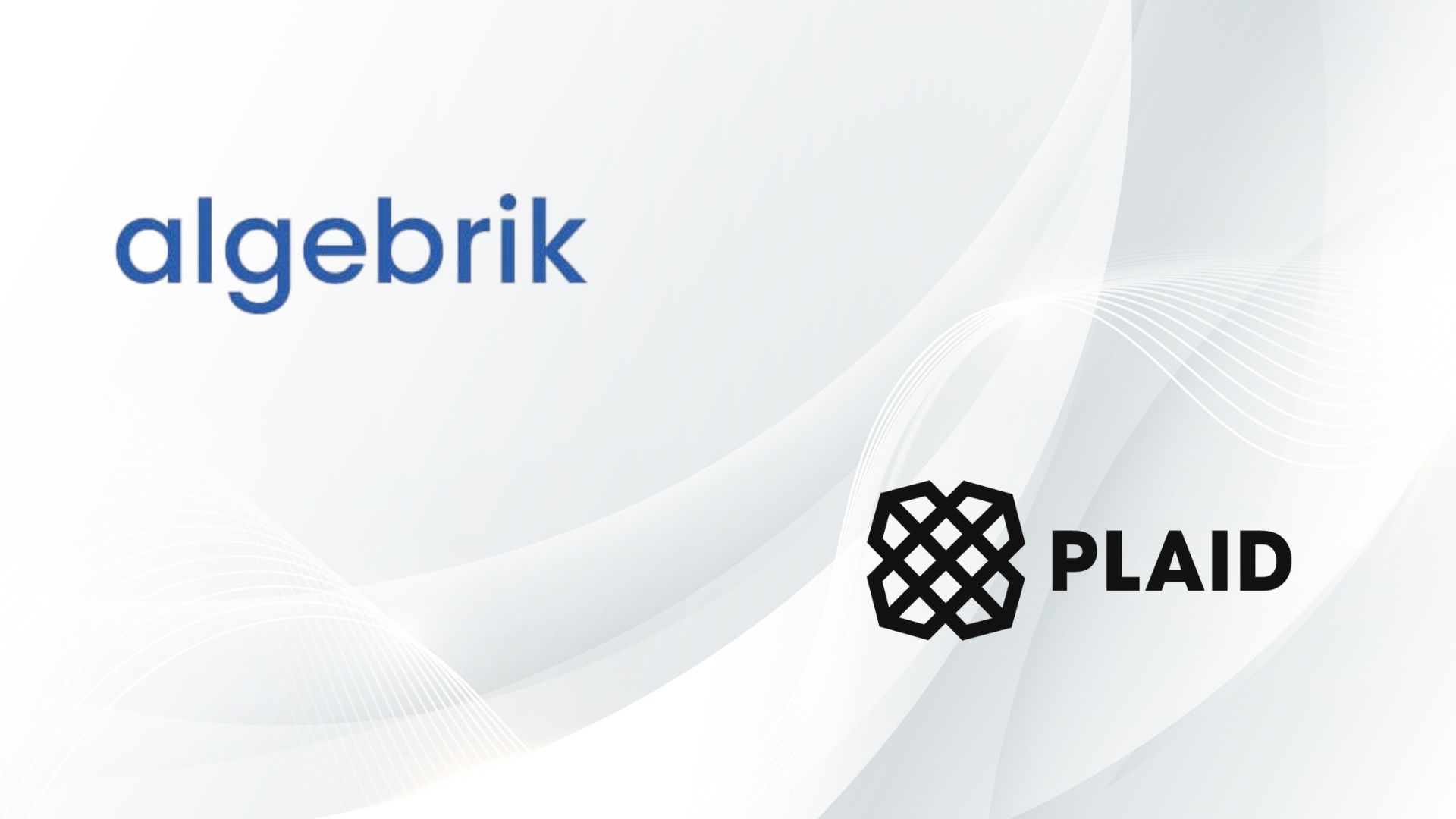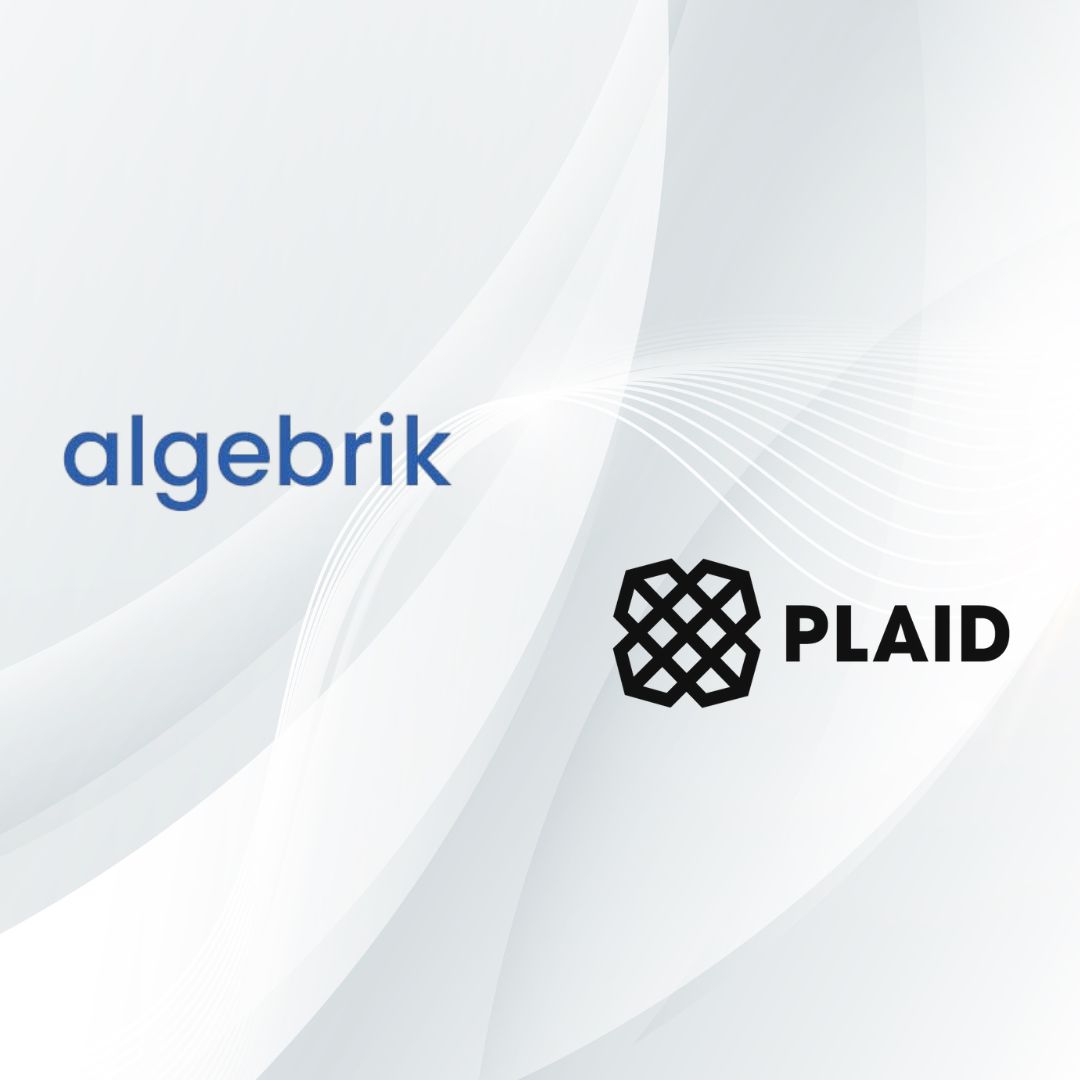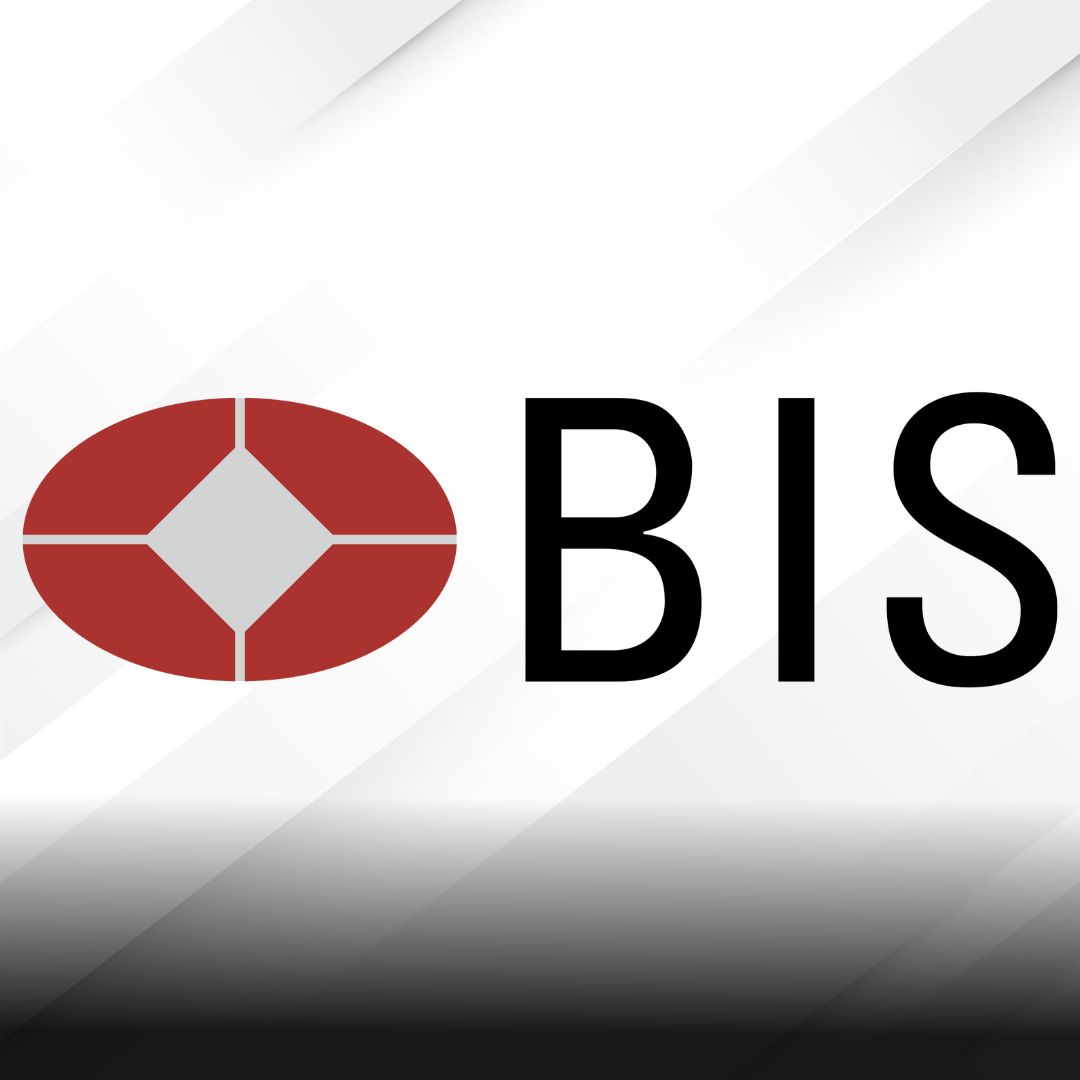
US-based loan origination platform Algebrik AI has announced a strategic collaboration with data network Plaid to enhance the loan approval process for credit unions, lenders, and borrowers. By integrating Plaid’s consumer-permissioned data, Algebrik will streamline identity verification and financial data access, leading to faster and more accurate lending decisions.
This integration will simplify the application process for borrowers by incorporating cash flow data, thereby broadening access to credit. Notably, Algebrik has emphasized credit unions as a central focus of this partnership. With Plaid’s technology, these institutions will be able to access borrowers’ financial information—with the necessary consent—to improve underwriting precision and reduce time-to-decision.
“Credit unions are the lifeblood of financial inclusion, and we’re excited to bring them cutting-edge technology that enhances their ability to serve their members by incorporating cash flow data into credit decisions,” said Pankaj Jain, founder and CEO of Algebrik AI. He further stated, “Partnering with Plaid allows us to reimagine the loan origination process—making it faster, more secure, and deeply personalized for every borrower.”
Through this partnership, lenders will obtain a comprehensive view of applicants’ financial profiles, enabling them to more effectively assess financial wellness and verify income. Jain highlighted that this alliance underscores Algebrik’s commitment to using advanced technology to both simplify and humanize the lending process. “Together with Plaid, we’re enabling credit unions to unlock greater value for their members, while setting a new standard for lending efficiency and borrower satisfaction,” he added.
Algebrik positions itself as a cloud-native, AI-powered, digital-era platform designed to meet the needs of the next generation of borrowers and members. Meanwhile, Plaid recently released research findings on the readiness of US financial institutions in light of upcoming Open Banking regulatory requirements, noting that banks with more than $100 billion in assets under management are generally more prepared.




